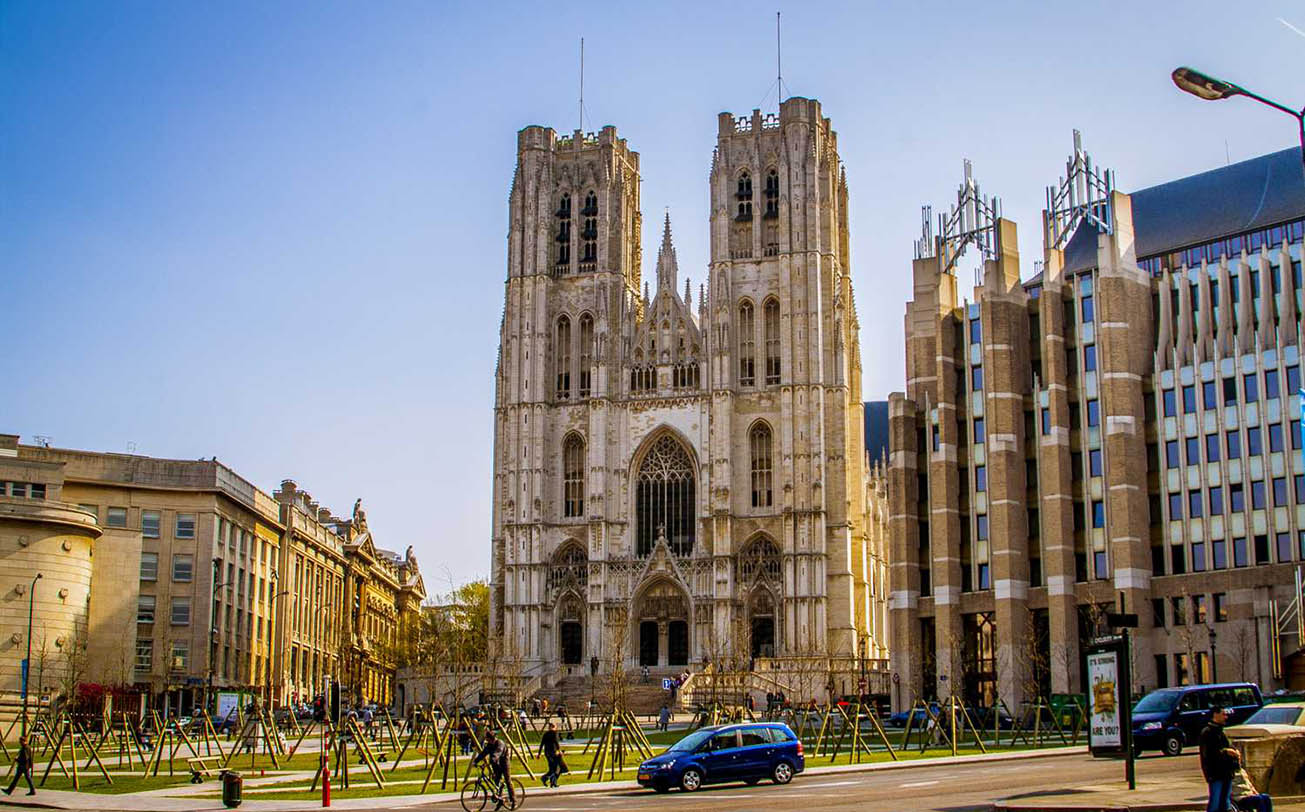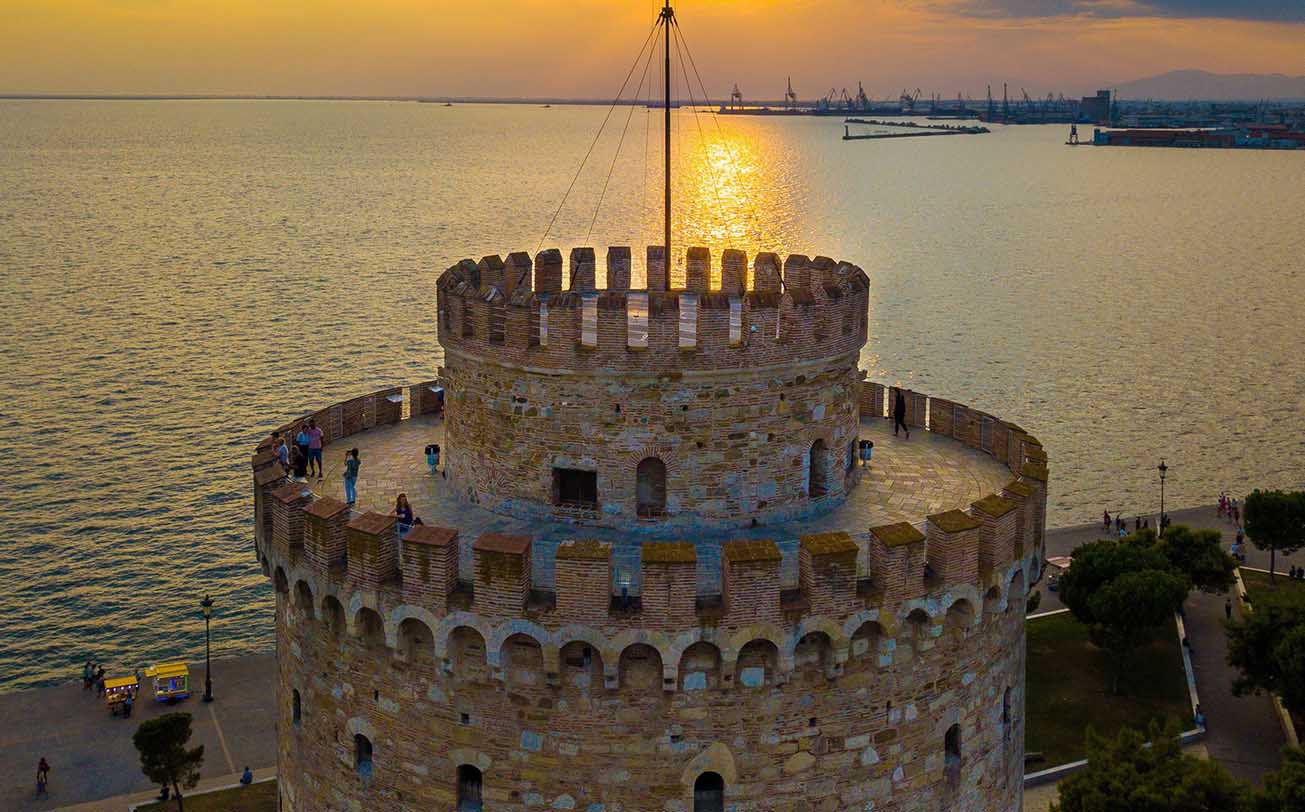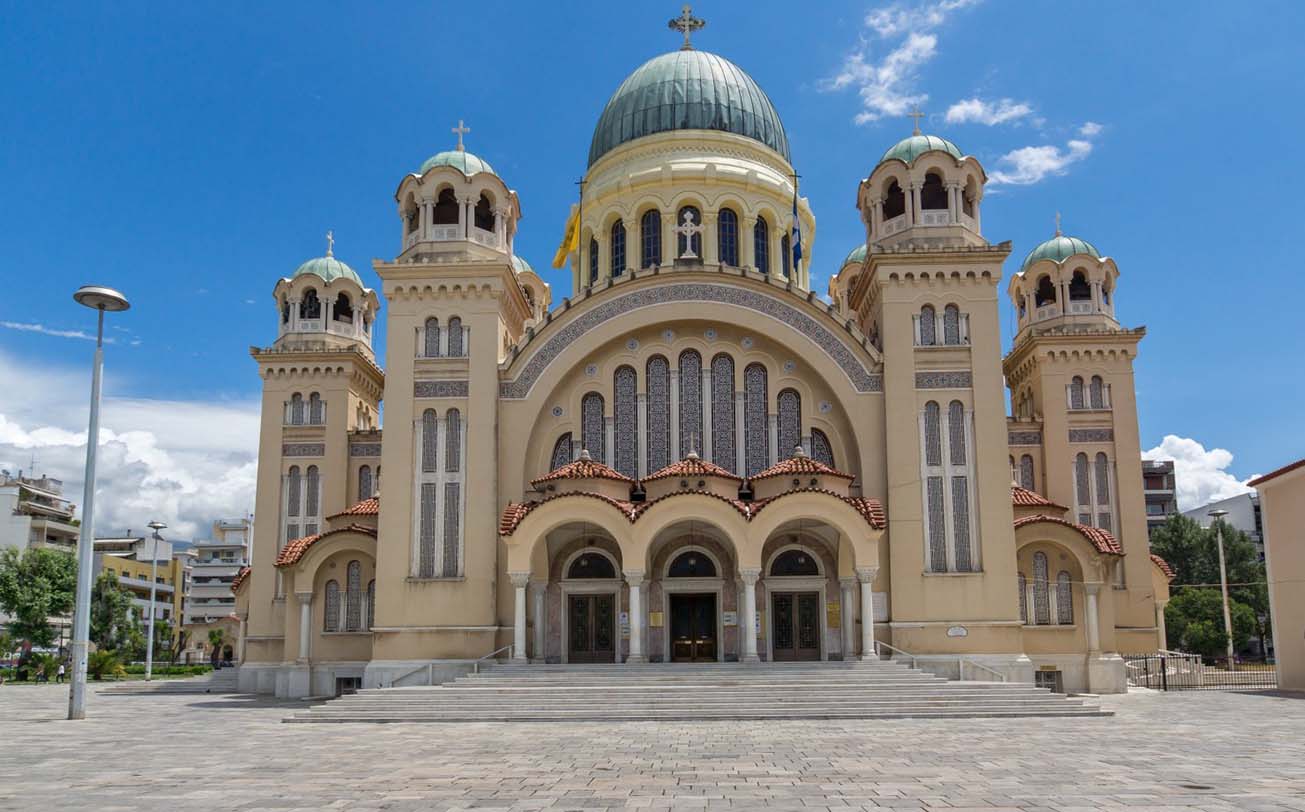I’m always drawn to unique places around the world, and Belgium is undoubtedly one of those gems. Despite its small size, Belgium is rich in history, culture, and breathtaking landmarks. During my journey through this charming country, I had the opportunity to visit ten of its most iconic sites, each leaving an indelible mark on my memory. Today, I’ll take you on a tour of these remarkable destinations, showcasing why Belgium is a must-visit for any traveler.
1. Grote Markt (The Grand Place) — The Heart of Brussels
My Belgian adventure began in Brussels, and there’s no better place to start than the Grote Markt, or the Grand Place. This central square isn’t just the heart of Brussels; it’s also a UNESCO World Heritage site. Standing in the middle of the square, surrounded by opulent buildings, I felt like I had stepped back in time.
The architecture around the Grand Place dates back to the 17th century, with each building boasting its own unique style and historical significance. The Brussels Town Hall, a striking Gothic structure, dominates the square with its towering spire reaching skyward. This impressive building, along with the guild houses surrounding the square, tells the story of Brussels’ golden age.
Day or night, the Grand Place is alive with energy. At night, the buildings are illuminated, casting a magical glow over the square, making it a perfect spot for photos. For visitors, the Grand Place is more than just a photogenic location; it’s a gateway to understanding Brussels’ rich history and culture.
2. The Atomium — A Symbol of Modern Belgium
The Atomium is one of Brussels’ most iconic structures and a symbol of modern Belgium. This futuristic building was originally constructed for the 1958 Brussels World’s Fair, and its design represents an iron crystal magnified 165 billion times. The Atomium is a fusion of art and science, showcasing Belgium’s innovation in architecture and design.
Riding the elevator to the top of the Atomium offered me a panoramic view of Brussels, with the city’s landscape stretching out beneath me. The observation deck provides a stunning vista, especially on a clear day when you can see for miles. Inside the spheres of the Atomium, there are exhibitions that explore various aspects of science, design, and architecture, making it both an educational and visually captivating experience.
Each sphere in the Atomium houses different exhibits and activities, with each level offering something unique. I spent hours exploring these exhibitions, learning about atomic energy, the history of the World’s Fair, and much more. If you’re a fan of science and architecture, the Atomium is an unmissable destination.
3. Gravensteen Castle — A Majestic Relic of the Middle Ages
As a lover of medieval history, Belgium’s castles have always been on my radar, and Gravensteen Castle in Ghent is a standout. This imposing fortress, built in the 12th century, served as the residence of the Counts of Flanders. The name “Gravensteen” translates to “Castle of the Counts,” and its history harks back to the glorious days of the Middle Ages.
Walking through Gravensteen Castle, I felt as though I had been transported back in time. The thick stone walls, narrow passageways, and hidden towers all bear the marks of centuries past. The castle’s interior is remarkably well-preserved, with displays of medieval weaponry and even torture devices, offering a glimpse into the often grim realities of that era.
Climbing to the top of the castle offers a breathtaking view of Ghent, with its red-roofed houses and church spires spread out below. Gravensteen Castle isn’t just a must-see for history buffs; it’s a window into medieval Europe. If you’re fascinated by history, this castle is an absolute must-visit.
4. St. Michael and St. Gudula Cathedral — A Masterpiece of Religious Art
In Brussels, I also visited the St. Michael and St. Gudula Cathedral, one of Belgium’s most important religious buildings and a stunning example of Gothic architecture. The cathedral’s history dates back to the 11th century, with numerous expansions leading to the magnificent structure we see today.
Stepping inside the cathedral, I was immediately struck by the soaring ceilings and the intricate stained-glass windows. These windows depict stories from the Bible, each panel a masterpiece of color and detail. When sunlight streams through the glass, the entire interior is bathed in a kaleidoscope of colors, creating a serene and almost otherworldly atmosphere.
The cathedral is also home to an impressive pipe organ, and it has hosted many significant religious ceremonies and concerts. St. Michael and St. Gudula Cathedral is not just a place of worship; it’s a treasure trove of religious art. Whether you’re a religious devotee or an art enthusiast, this cathedral will leave you feeling awed and inspired.
5. Belfry of Bruges — The Best View of a Medieval City
Bruges, often referred to as the “Venice of the North,” is renowned for its well-preserved medieval architecture and meandering canals. Among its many landmarks, the Belfry of Bruges stands out as a defining feature of the city’s skyline. This 13th-century bell tower, standing 83 meters tall, is one of the most important buildings in Bruges.
Climbing the 366 steps of the Belfry is no small feat, but the reward at the top is worth every bit of effort. From the summit, you get a panoramic view of Bruges — red-tiled roofs, winding canals, and spire-topped churches create a picturesque medieval landscape. The view is so breathtaking that it’s easy to see why Bruges is a UNESCO World Heritage site.
Inside the Belfry, there’s a massive 27-ton bell, which was once an integral part of daily life in Bruges, used for everything from timekeeping to warning of impending danger. The Belfry isn’t just a lookout point; it’s a historical monument that offers a deep connection to Bruges’ past.
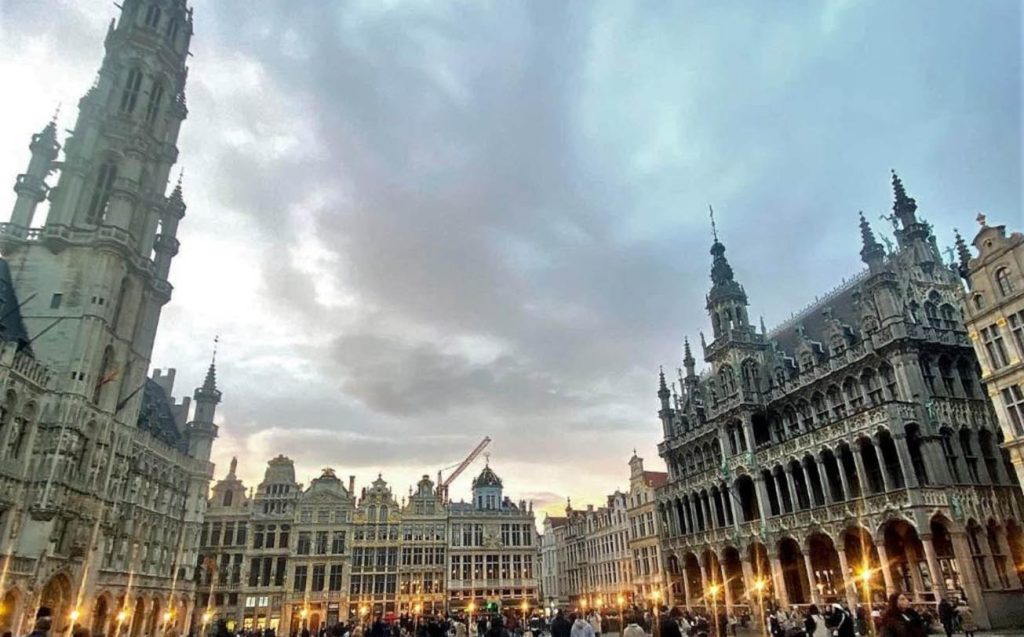
6. Royal Palace of Brussels — A Glimpse into Royal Splendor
As the capital of Belgium, Brussels is home to a majestic Royal Palace. While the King and Queen of Belgium no longer live here, the Royal Palace remains an important venue for official functions and ceremonies.
Walking through the Royal Palace, I was awestruck by the opulence that surrounded me. High ceilings, ornate chandeliers, and exquisite paintings adorn the halls, each room more luxurious than the last. The palace’s halls, ballrooms, and reception rooms are open to the public during the summer months, offering a rare glimpse into the life of Belgian royalty.
Visiting the Royal Palace allowed me to learn more about Belgium’s monarchy and its traditions. For those fascinated by European royalty, the Royal Palace of Brussels is a must-see destination that offers both grandeur and a rich sense of history.
7. St. Bavo’s Cathedral — A Renaissance Masterpiece
Located in the heart of Ghent, St. Bavo’s Cathedral is one of the city’s most important religious buildings. The cathedral is an architectural marvel that combines Gothic, Baroque, and Renaissance styles, and it houses one of the most famous works of art in Western history: the “Adoration of the Mystic Lamb” by Jan van Eyck.
As I entered St. Bavo’s Cathedral, the grandeur of the soaring arches and the beauty of the stained-glass windows left me speechless. But the highlight of my visit was undoubtedly the “Adoration of the Mystic Lamb.” Seeing this masterpiece up close, with its intricate details and vibrant colors, was a profound experience.
In addition to this iconic artwork, the cathedral contains other artistic treasures, including works by Peter Paul Rubens. If you’re passionate about Renaissance art, St. Bavo’s Cathedral is a must-visit site that will deepen your appreciation for this pivotal era in European history.
8. Rubenshuis — The Home of a Master
Peter Paul Rubens is one of the most celebrated painters in Belgian and European art history, and the Rubenshuis in Antwerp was both his home and studio. Visiting Rubenshuis is like stepping into the life of this great artist and experiencing the 17th century’s artistic energy.
Now a museum, Rubenshuis showcases many of Rubens’ original works as well as his personal art collection. Walking through the house, I could almost feel the creative spirit that must have permeated the rooms where Rubens lived and worked. The home’s decor, the arrangement of the rooms, and the sculptures in the garden all retain their historical charm, offering a genuine glimpse into Rubens’ world.
Rubenshuis isn’t just a museum; it’s a portal into the artistic brilliance of the 17th century. If you love art, or if Rubens’ work has touched you, visiting this house will be an unforgettable experience.
9. Dinant Caves — A Natural Wonder
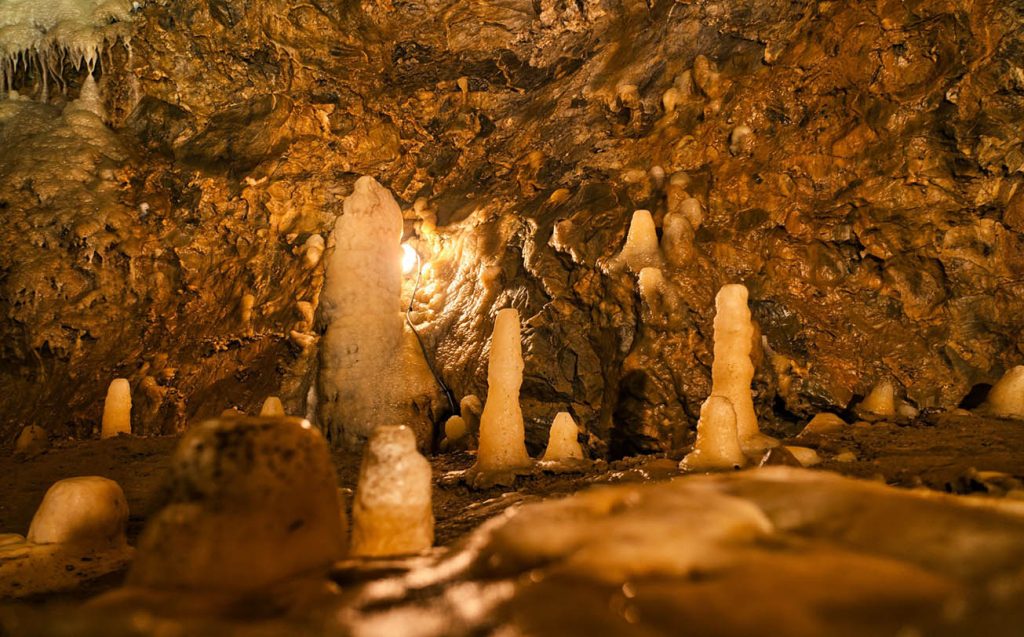
In the heart of Belgium lies Dinant, a town known for its stunning natural beauty, including the famous Dinant Caves. These caves, formed millions of years ago, are adorned with spectacular stalactites and stalagmites, creating an underground landscape that is as mysterious as it is beautiful.
I joined a guided tour that took us deep into the caves, where the guide shared the history of how these natural formations came to be. The cool, damp air inside the caves, combined with the eerie lighting that highlights the rock formations, created an atmosphere that was both serene and awe-inspiring.
For nature lovers and adventurers, the Dinant Caves offer an experience unlike any other. It’s a place where you can marvel at the wonders of nature and lose yourself in the beauty of the underground world.
10. Waterloo Battlefield — Echoes of History
My journey through Belgium would not have been complete without a visit to the Waterloo Battlefield, the site of one of the most significant battles in European history. The Battle of Waterlooin 1815 marked the end of Napoleon Bonaparte’s rule and changed the course of history.
Today, the battlefield is a well-preserved historic site, complete with a museum, monuments, and the famous Lion’s Mound. I visited the museum first, where I learned about the battle’s strategic maneuvers and its impact on European politics. Climbing the Lion’s Mound provided a panoramic view of the battlefield, where the final confrontation between Napoleon’s forces and the allied armies took place.
For history enthusiasts, the Waterloo Battlefield is not just a site to visit but a place to reflect on the events that shaped modern Europe. Standing on the battlefield, I couldn’t help but feel the weight of history and the significance of the events that took place here.
My journey through Belgium revealed a country steeped in history, culture, and natural beauty. From grand castles and cathedrals to stunning works of art and natural wonders, Belgium offers a diverse range of attractions that cater to all interests. I highly recommend exploring these beautiful sites in person, as they truly capture the essence of Belgium’s charm and allure. Whether you’re a history buff, an art lover, or an adventurer, Belgium has something special to offer everyone.
